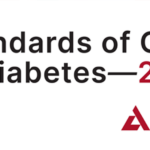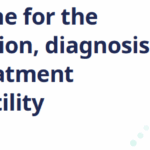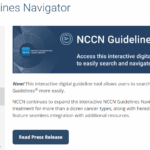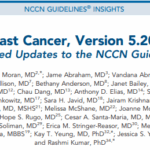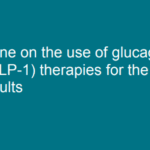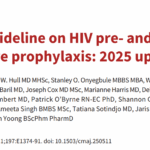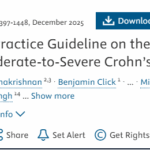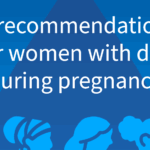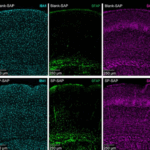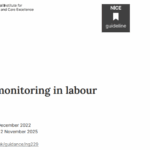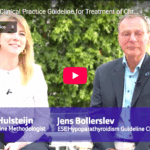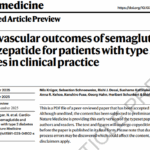Linee guida sulla malattia epatica associata all’alcol
EpatitiConsiderando il consumo dannoso di alcol come principale fattore di rischio, l’aumento del consumo di alcol negli ultimi dieci anni ha...
Lo stress influenza il cervello e la psiche attraverso il sistema immunitario
Notizie dalla RicercaLo stress cronico colpisce il sistema immunitario e il cervello. Un gruppo di ricerca internazionale guidato dall’Università di Zurigo...
Farmaci per la disfunzione erettile collegati a un ridotto rischio di malattia di Alzheimer
Notizie dalla RicercaSecondo uno studio pubblicato su “Neurology“, i farmaci utilizzati per trattare la disfunzione erettile potrebbero anche essere...
Radiazioni da TC e rischio di neoplasie
Notizie dalla RicercaI vantaggi della tomografia computerizzata (TC) per l’imaging nella gestione dei pazienti (inclusa l’efficacia diagnostica, la...
Un biomarcatore segnala il rischio di demenza 5-10 anni prima dei sintomi
Notizie dalla RicercaI ricercatori dell’University of Texas Health Science Center at San Antonio hanno condotto uno studio di imaging cerebrale con risonanza...
Linee guida sul trattamento sistemico del cancro al seno metastatico
Cancro al senoLa Società americana di oncologia medica – ASCO ha pubblicato in aggiornamento una linea guida sul trattamento sistemico dei pazienti...
Messo in discussione il ruolo dell’esame rettale nello screening del cancro alla prostata
Notizie dalla RicercaUno studio del Comprehensive Cancer Center Vienna of MedUni Vienna e dell’Ospedale Generale di Vienna ha esaminato più da vicino...
Linee guida sulla diagnosi e la gestione del cancro al seno precoce e localmente avanzato
Cancro al senoQuesta linea guida pubblicata da NICE in aggiornamento, riguarda la diagnosi e la gestione del cancro al seno precoce e localmente...
Polmoniti ospedaliere, lavarsi i denti riduce il rischio di insorgenza
Notizie dalla RicercaSecondo i risultati di una revisione sistematica e di una meta-analisi di studi randomizzati, l’uso quotidiano dello spazzolino da denti...
Scoperto come si diffonde il cancro al pancreas
Notizie dalla RicercaI ricercatori della Mayo Clinic che studiano il cancro al pancreas hanno fatto una scoperta che fa avanzare la conoscenza su come si...
I numeri del cancro in Italia 2023
Notizie dalla RicercaÈ stato appena rilasciato il rapporto “I numeri del cancro in Italia 2023”, a cura dell’Associazione italiana di oncologia medica...
Importante passo avanti per il trattamento dell’asma grave con benralizumab
Notizie dalla RicercaUno studio fondamentale ha dimostrato che l’asma grave può essere controllato utilizzando terapie biologiche, senza l’aggiunta...
Effetto dell’aspirina sul trattamento del cancro
Notizie dalla RicercaL’aspirina è poco costosa e facilmente disponibile in quasi tutti i paesi. Secondo una meta-analisi, l’assunzione di una dose...
Le verdure a foglia verde possono ridurre il rischio di cancro all’intestino
Notizie dalla RicercaUn più ampio studio condotto dai ricercatori dell’Imperial College of London dimostra che le verdure a foglia verde possono ridurre il...
ACC/AHA/ACCP/HRS: Diagnosi e gestione dei pazienti con fibrillazione atriale
CardiovascolareSono state pubblicate dall’ACC/AHA/ACCP/HRS le linee guida 2023 per la diagnosi e la gestione della fibrillazione atriale....



